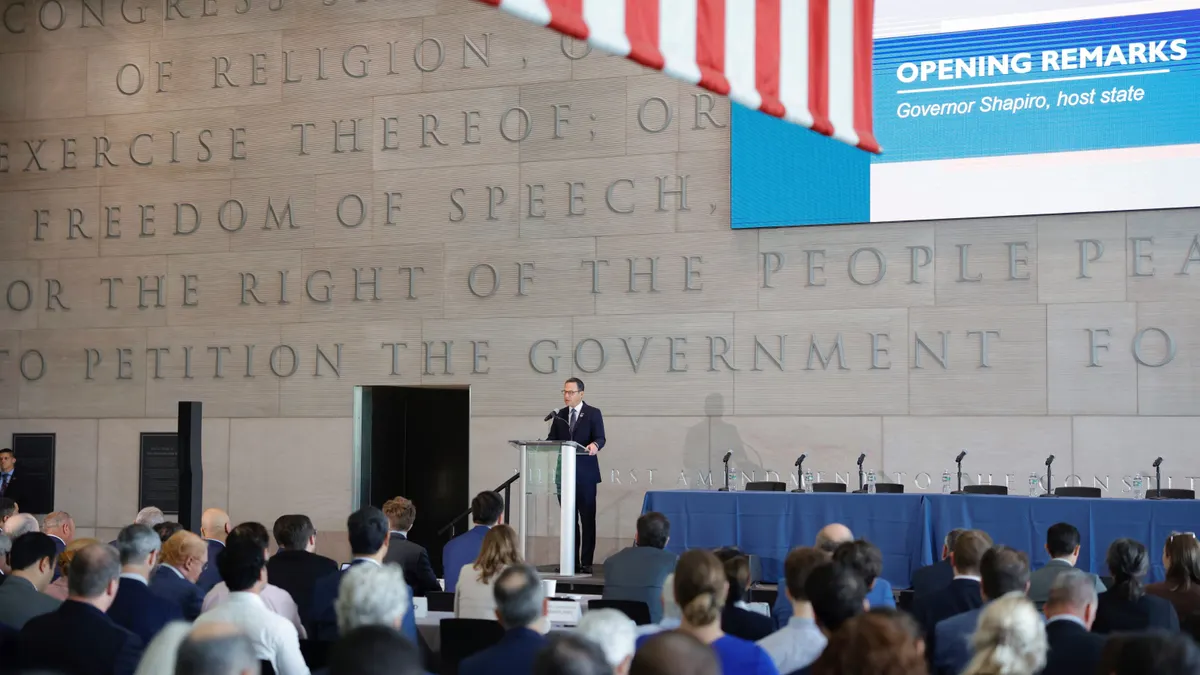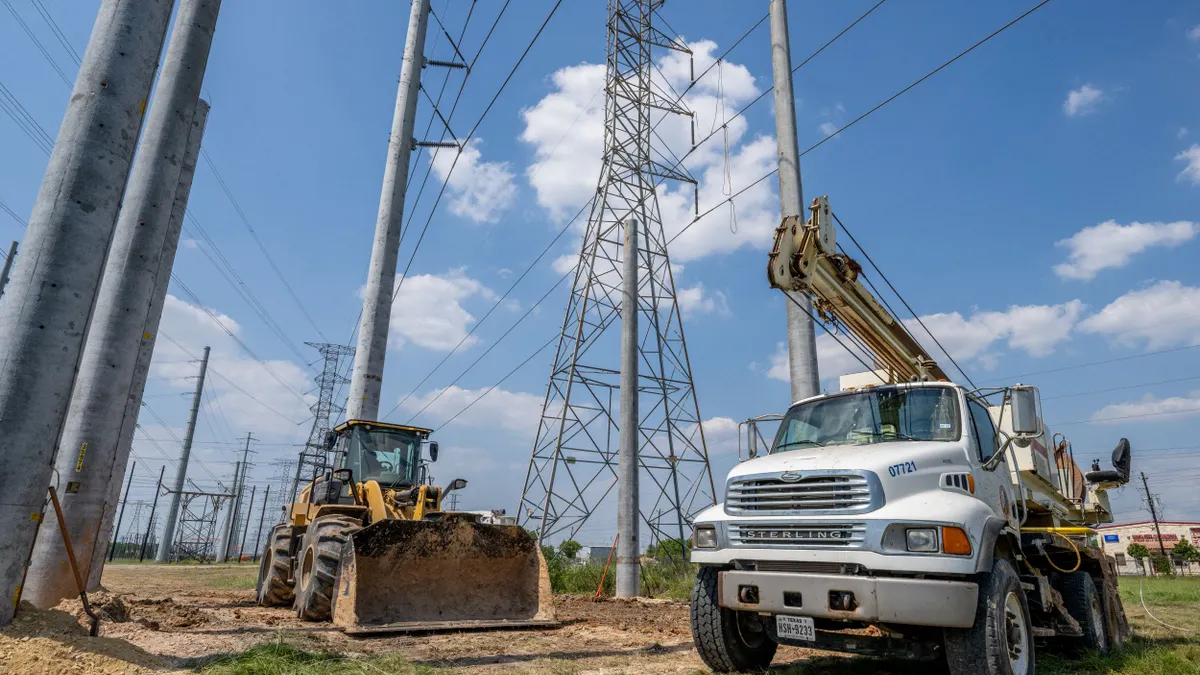Joseph Kelliher is principal of Joseph Kelliher Consulting, former chairman of the Federal Energy Regulatory Commission and former executive vice president of federal regulatory affairs for NextEra Energy.
Recent capacity prices in the PJM Interconnection have inspired threats from certain states to withdraw from PJM. Before there are efforts to translate these threats into action, I thought it would be helpful to review the law on regional transmission organization withdrawals.
I do this in part because I believe a Federal Energy Regulatory Commission order authorizing an RTO member withdrawal issued when I was FERC chairman has been widely misinterpreted and may mislead states considering withdrawal. In 2006, FERC approved a request by Louisville Gas and Electric to withdraw their transmission facilities from what was then the Midwest Independent Transmission System Operator, or MISO. FERC approved the request with conditions to make sure LG&E honored merger commitments and met its open access obligations.
The LG&E decision has been interpreted by some as standing for the proposition that any public utility can leave any RTO at any time, and the terms are solely governed by the respective RTO’s membership agreement. That view is simply incorrect.
The commission was comfortable with LG&E withdrawing as a MISO member largely because its withdrawal would have no effect on MISO’s regional scope and configuration, or on MISO’s ability to provide jurisdictional service. LG&E was located on the southeastern edge of MISO, bordered on three sides by Tennessee Valley Authority, PJM and a rural cooperative that was not a MISO member. Moreover, LG&E owned only 2.5% of the MISO transmission grid and a mere 0.6% of its generation. In short, LG&E could depart MISO because it was tiny.
The commission usually limits itself to answering a question presented and the facts in hand, and does not speculate on what it might have done if the facts were quite different. I am not at FERC anymore and am willing to speculate. In my opinion, if it had been American Electric Power filing to withdraw from PJM at around the same time as the LG&E filing, there is little doubt it would have received a different answer from the commission, since AEP’s withdrawal would have negatively affected PJM’s regional scope and configuration as well as its ability to provide jurisdictional service.
The commission’s authority over transmission is expansive. To withdraw from an RTO, a public utility member has to make a Section 205 filing under the Federal Power Act and the commission must find the filing to be “just and reasonable.” That much was made plain in the case of LG&E, where the commission stated “because a transmission owner’s withdrawal can have a substantial effect on other market participants and the markets themselves, we are required to consider the effect of the requesting party’s withdrawal on the RTO and its remaining members.”
In other words, the commission’s just and reasonable analysis is not set by the terms of an RTO membership agreement. PJM is a “public utility” under the Federal Power Act and the impact of a transmission owner member withdrawal on its regional scope and configuration, and its ability to provide jurisdictional service, would be part of FERC’s Section 205 analysis.
To the extent states believe they can command state-regulated utilities to withdraw from PJM, I encourage them to think again. There is legal precedent barring states from compelling a state-regulated utility to make a Section 205 filing at FERC, and a Section 205 filing is necessary to accomplish withdrawal. This legal precedent is just as relevant to state laws that purport to require state-regulated utilities to join RTOs. Those efforts are also barred, so state transmission owners that joined RTOs under those circumstances joined voluntarily after a balancing of interests.
Lacking legal power to command the withdrawal of state-regulated utilities from RTOs, states might contemplate inducing “voluntary” withdrawal by threatening to deny legitimate cost recovery and lower return on equity.
But if a state pressure campaign could possibly induce a state-regulated utility to withdraw from PJM, there is no reason to believe generators would follow. Non-utility generators are “public utilities” under the Federal Power Act, but they are not state-regulated public utilities. For that reason, generators would only withdraw if they saw greener pastures in the withdrawing state or states.
But if the reason states are considering PJM withdrawal is current high capacity prices (following on the heels of years of capacity prices far below the cost of new entry), it is likely states could only seduce generators to withdraw from PJM by offering higher prices in long term power purchase agreements with state regulated utilities than generators can expect from the PJM capacity market, which would defeat the whole purpose of the exercise.
Even if such PPA offers were attractive, generators would have to question whether such deals promise much contract sanctity.
Perhaps states think the solution is to revert back to ratebased generation. Again, I encourage them to think again.
States supported FERC wholesale competition policy because they recognized traditional rate regulation polices profits, not costs, placing all risk on consumers. Wholesale competition shifted risk to generators and delivered resource adequacy at lower prices for years.
If state officials believe the PJM capacity market is not ensuring resource adequacy, or is doing so at excessive prices, they should turn their efforts to capacity market reform or unwinding the forward capacity market in favor of competitive procurement and long-term power purchase agreements.





















